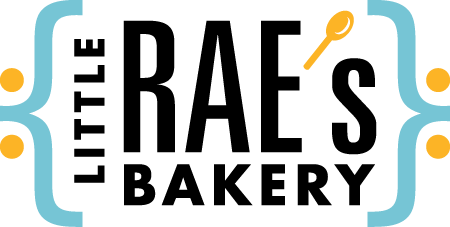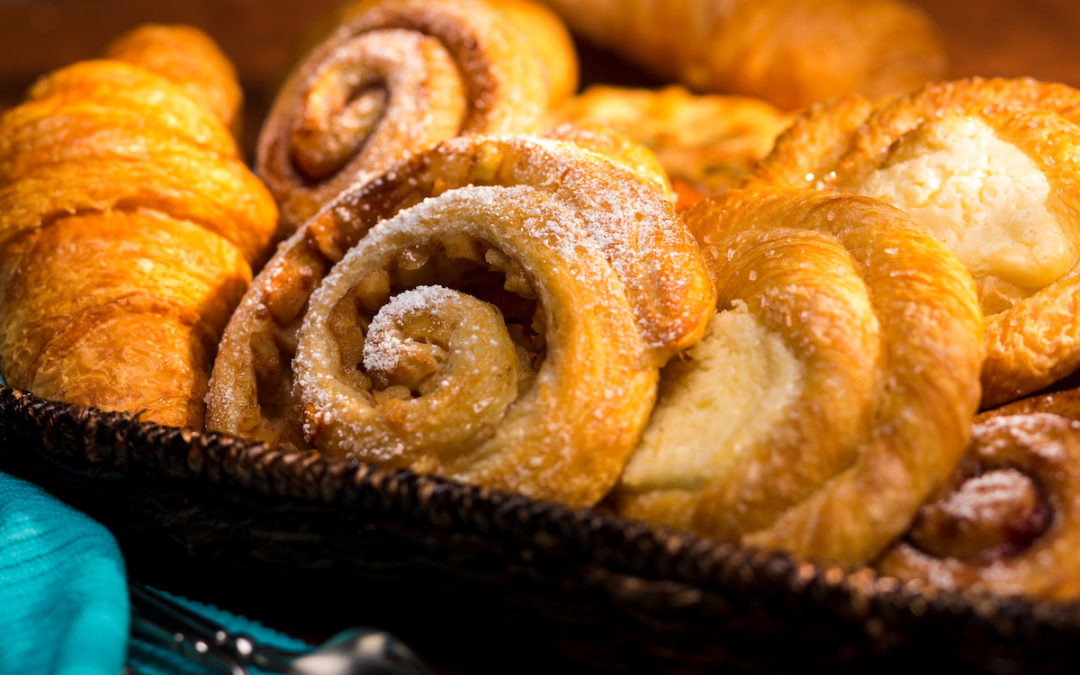When we first launched Little Rae’s Bakery in 1996, we had to take a stance on one of the most heated debates among pastry chefs: whether to use butter or shortening in our recipes. The truth is, both ingredients have distinct advantages and disadvantages depending on the baked good. Read on to learn about the pros and cons of each before we give you our final verdict.
Butter
The first thing you should know about butter is what it consists of. Per U.S. standard, it contains at least 80 percent fat, no more than 16 percent water, and a small number of milk proteins. Why does this matter? Because water converts to steam when baked, which results in crisper, flakier textures.
Pros:
- All natural
- Unmatched flavor
- Has that melt-in-your-mouth consistency
- Creates crispy and flaky textures
Cons:
- Cost more than shortening
- Due to its low melting point, it needs be baked at the right temperature, otherwise it can result in goods like cookies spreading too thin
Shortening
Unlike butter, shortening is 100 percent fat. It is derived from vegetable oils and does not contain any water. Without any water, no steam is created during the baking process, which results in textures that are softer and tenderer.
Pros:
- Vegan
- Cheap
- Has a longer shelf-life
- Due to having a higher melting point, it can be easier to work with
Cons:
- Not natural
- Waxy consistency and taste
- Artificial butter flavor needed sometimes to make it taste better
- Absence of water can make for a dry, brittle texture
Our Take
We prefer to use butter in our products due to its superior taste, texture, and consistency. We also prefer to always use natural ingredients. Sure, butter may be pricier, but its unparalleled quality makes every penny worth it. What matters most to us as a company is providing fresh, thoughtfully made baked goods using high quality ingredients that you can taste in every bite.

